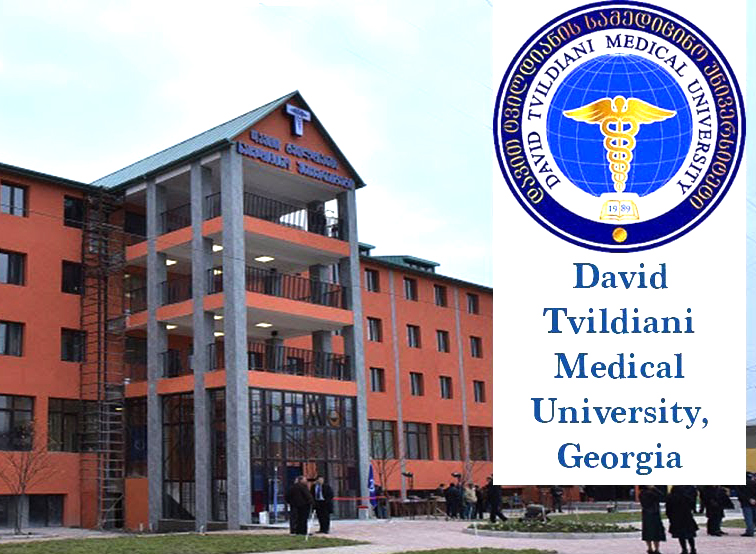A migraine headache is a form of vascular headache. Migraine headache is caused by vasodilatation (enlargement of blood vessels) that causes the release of chemicals from nerve fibers that coil around the large arteries of the brain. Enlargement of these blood vessels stretches the nerves that coil around them and causes the nerves to release chemicals. The chemicals cause inflammation, pain, and further enlargement of the artery. The increasing enlargement of the arteries magnifies the pain.
Migraine attacks commonly activate the sympathetic nervous system in the body. The sympathetic nervous system is often thought of as the part of the nervous system that controls primitive responses to stress and pain, the so-called "fight or flight" response, and this activation causes many of the symptoms associated with migraine attacks; for example, the increased sympathetic nervous activity in the intestine causes nausea, vomiting, and diarrhea.
Migraines typically present with self limited, recurrent severe headache associated with autonomic symptoms. About 15-30% of people experience migraines with an aura - which are transient neurological symptoms.The severity of the pain, duration of the headache, and frequency of attacks is variable. A migraine lasting longer than 72 hours is termed status migrainosus.
The four possible phases to a migraine attack are listed below, although not all the phases are necessarily experienced. Additionally, the phases experienced and the symptoms experienced during them can vary from one migraine attack to another in the same person:
The prodrome, which occurs hours or days before the headache
The aura, which immediately precedes the headache
The pain phase, also known as headache phase
The postdrome
Cause
The underlying cause of migraines is unknown. They do however run in families in about two thirds of cases and rarely occur due to a single gene defect. Many biological events have been associated.
Prevention
Preventive treatments of migraines include: medications, nutritional supplements, lifestyle alterations, and surgery. Prevention is recommended in those who have headaches more the two days a week, cannot tolerate the medications used to treat acute attacks, or those with severe attacks that are not easily controlled.
The goals is to reduce the frequency, painfulness, and/or duration of migraines, and to increase the effectiveness of abortive therapy. Another reason prevention is to avoid medication overuse headache. This is a common problem and can result in chronic daily headache.
Treatment
Treatment includes therapies that may or may not involve medications.
Non-medication therapies for migraine
Therapy that does not involve medications can provide symptomatic and preventative therapy.
Using ice, biofeedback, and relaxation techniques may be helpful in stopping an attack once it has started.
Sleep may be the best medicine if it is possible.
Preventing migraine takes motivation for the patient to make some life changes. Patients are educated as to triggering factors that can be avoided. These triggers include:
smoking, and avoiding certain foods especially those high in tyramine such as sharp cheeses or those containing sulphites (wines) or nitrates (nuts, pressed meats).
Medication for migraine
Individuals with occasional mild migraine headaches that do not interfere with daily activities usually medicate themselves with over-the-counter (OTC or non-prescription) pain relievers (analgesics). Many OTC analgesics are available. OTC analgesics have been shown to be safe and effective for short-term relief of headache (as well as muscle aches, pains, menstrual cramps , and fever) when used according to the instructions on their labels.
There are two major classes of OTC analgesics:
acetaminophen (Tylenol), and non-steroidal anti-inflammatory drugs (NSAIDs).






